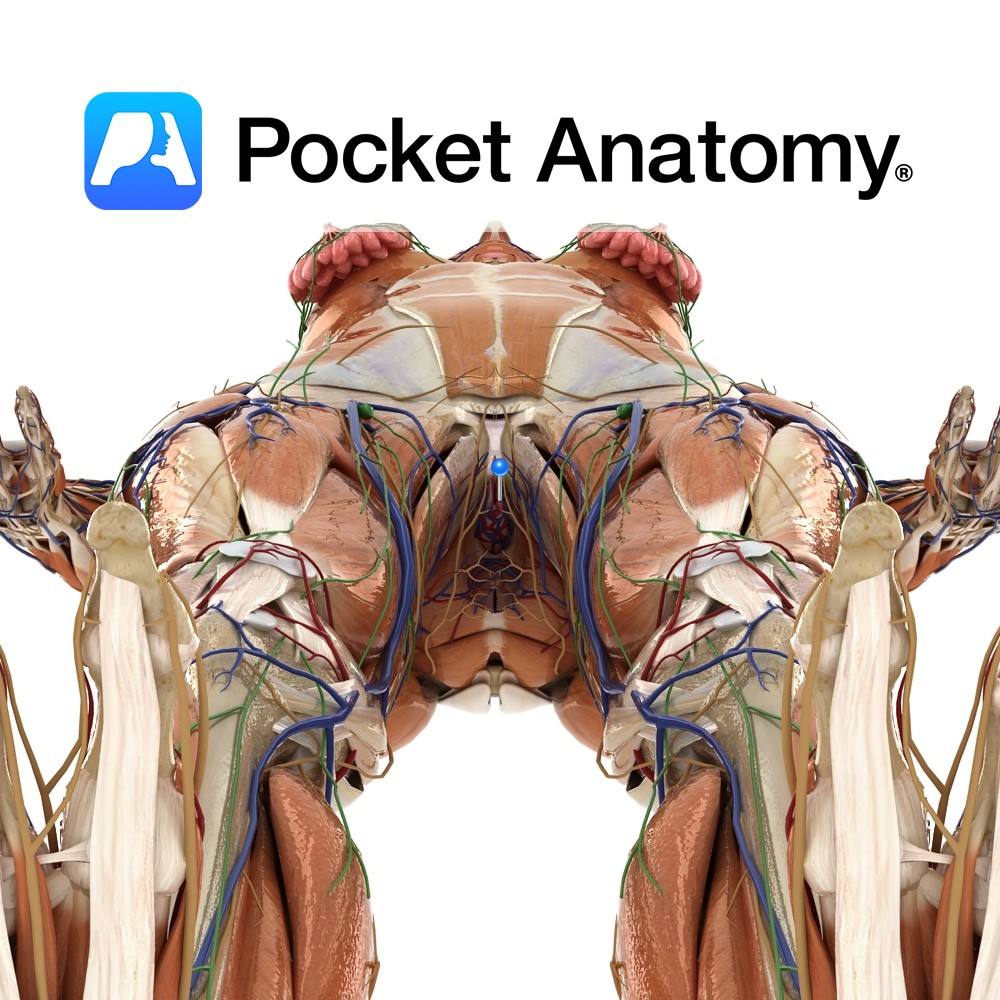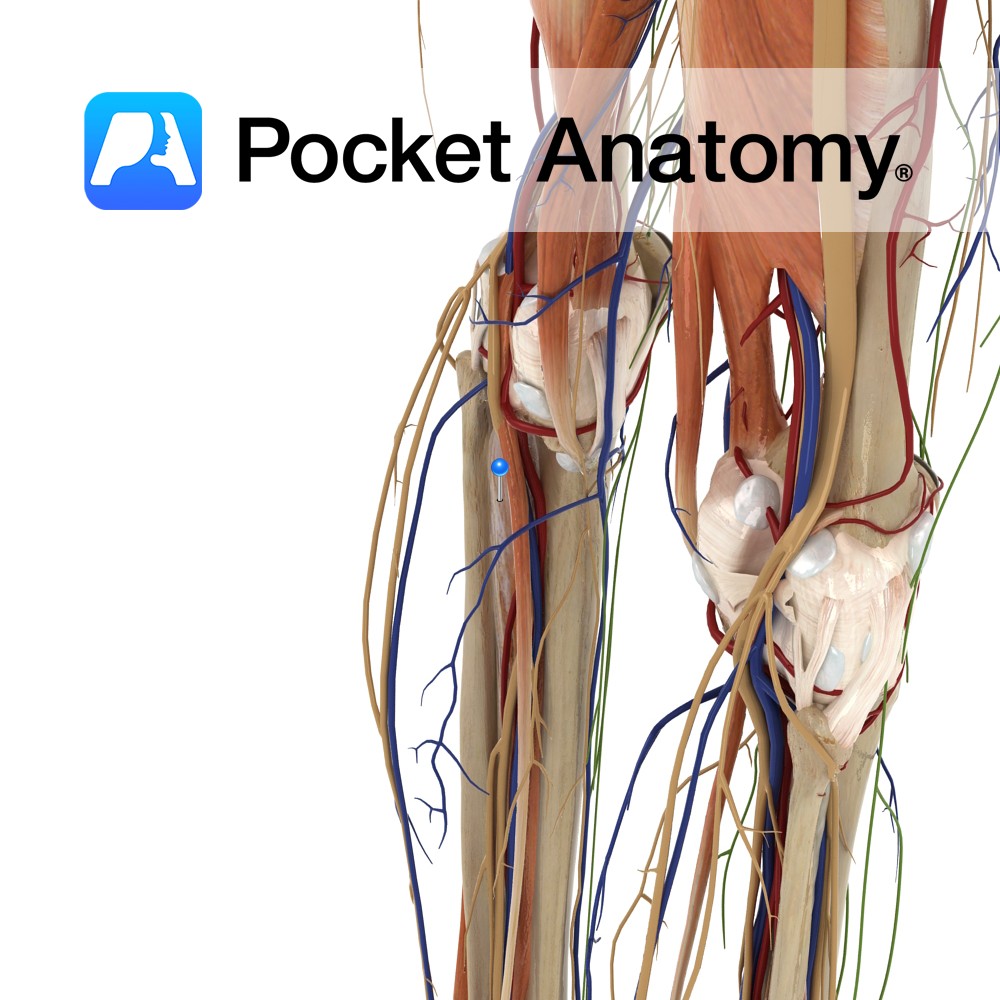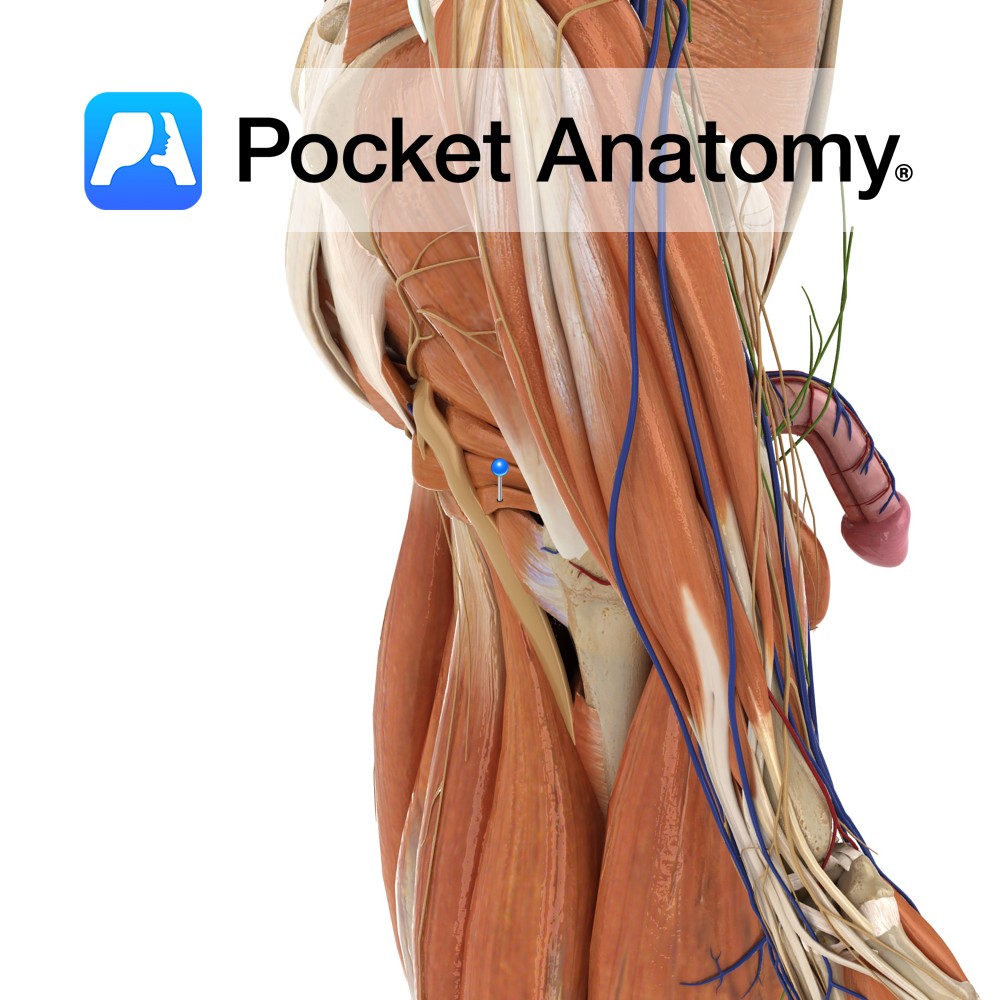Anatomy
(inner labia, lesser/small lips, vaginal lips). Thin hairless skin flaps, 1-2″ long (considerable normal variability in length/width and degree of symmetry left/right), extending down/back from clitoris, either side of vulval vestibule (with urethral and vaginal orifice/introitus), medial to labia majora (separated from them by sulcus). Front ends divide and meet around clitoris (upper/front – prepuce/hood, lower/back – frenulum), rear ends joined behind vestibule by skin fold (frenulum/fourchette) in perineum.
Labia Majora: Thickened fatty longitudinal skin folds (like set of curtains), from mons pubis down/back to perineum (gap between labia and anus). Covering/protecting (gap between called vulval/pudendal cleft) behind them interlabial sulci, labia minora, clitoris (hood, glans, frenulum), vulva (with urethral and vaginal openings). Hart’s line (demarcation vulvar/transitional skin); outer surface hairy and pigmented, inner sebaceous and smooth. Round ligament (of uterus) ends in labial tissue. Male equivalent is scrotum.
Physiology
Thin inner curtains (labia majora outer, thicker) covering/protecting clitoris and urethral/vaginal orifices. As size variable, can protrude out/forward from/between majora (normal). Engorge with blood during sexual excitation.
Clinical
The frenulum of the labia minora can stretch (occasionally tear) in childbirth; episiotomy often performed (ie deliberate disruption, on basis it is better managed subsequently than uneven/jagged tear), along postero-lateral line, to avoid perineal body (which if damaged, can result in anal sphincter weakening/incompetence). Labia minora involved in various cultural female genital mutilation/cutting/removal, also cosmetic labiaplasty.
Interested in taking our award-winning Pocket Anatomy app for a test drive?





